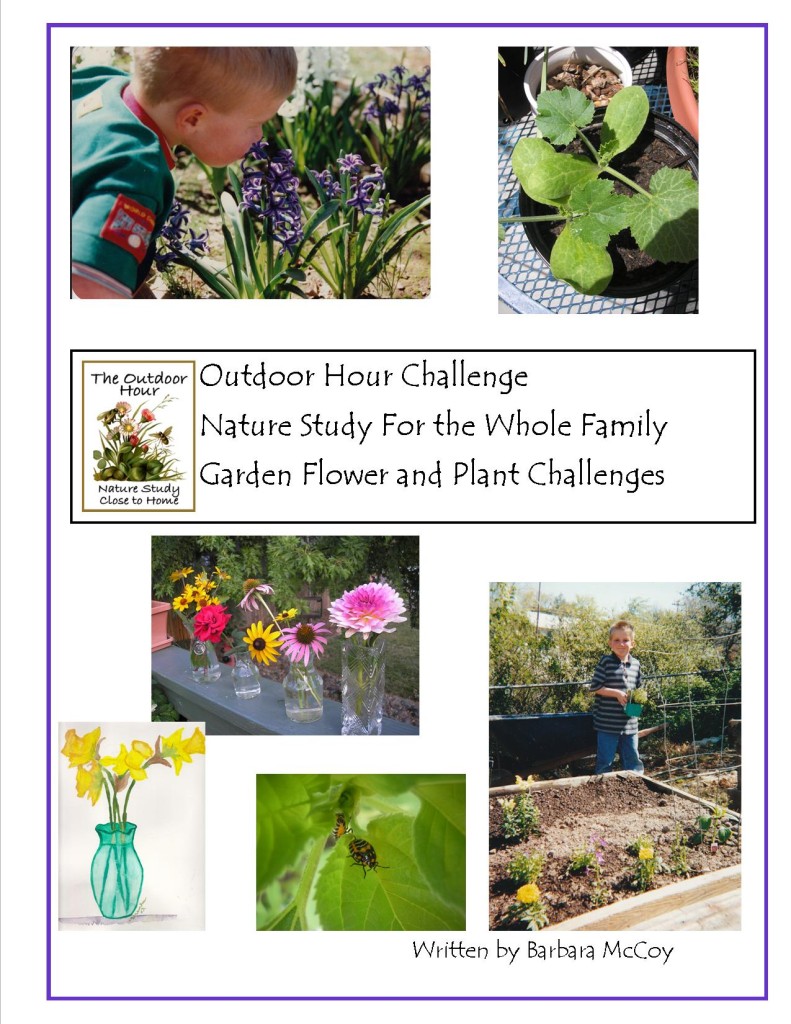I’m tired after a really busy weekend. Spring weather and the call to be outdoors getting dirt under my fingernails kept us busy, busy, busy.
Here are a few images to share a few glimpses into our weekend.
Our resident squirrel in the birdfeeder. I love his tail.
Harvesting the radishes and the first round of onions.
Blueberries growing so round and plump.
Lavender that is alive with bees.
The first round of weeding around the garden boxes is complete thanks to Mr. A. He and I have been working diligently at getting the weeds under control before the warm weather sets in for good. The boxes are all ready for the seedlings we have been nursing upstairs.
We found this guy when we were working in the roses. It was perfect timing since I am working on a cricket challenge for the Summer Series ebook. We were able to do some up close observations before we left him comfortably back on the rose bush.
Edit to add: K left me a comment saying that there is an ovipositor so my he is really a she. Thanks K.
No one says that hard work in the garden does not have its rewards. Yummy first strawberries were picked and eaten. The best ever end to a long weekend outdoors, except for maybe the grilled burgers my dear husband made us for dinner which we ate outside on our deck.
Hope you all had some time to get outdoors and enjoy whatever your world offered this weekend. I know that some of you have written to say that you don’t have an apple tree to study but you could just as well study any tree you find in the Handbook of Nature Study as a substitute or you could do a general apple study using some apples you have on hand. If all else fails, spend fifteen minutes outdoors with your children and enjoy whatever comes your way.





























































